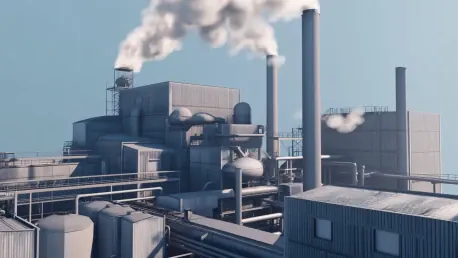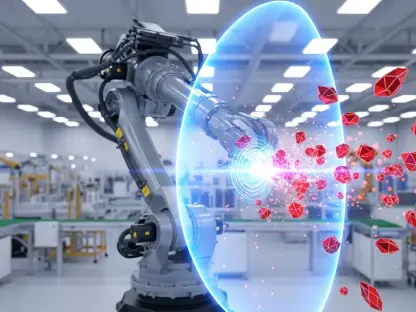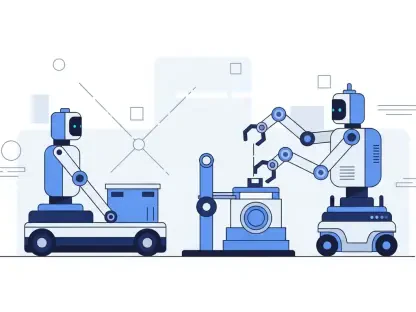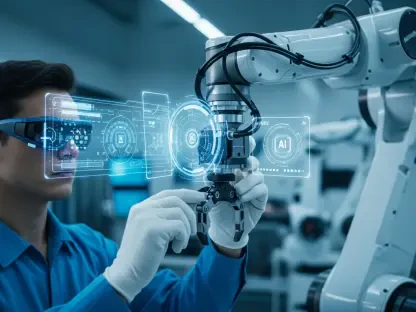In a bustling factory, every machine hums in a harmonious rhythm. But what if one of these vital pieces suddenly stops? Production halts, orders delay, and financial repercussions follow. This is the nightmare for factory managers. Enter predictive maintenance — a game-changing approach that is transforming the landscape of factory operations as we speak.
The Dawn of Predictive Maintenance
Predictive maintenance has swept across industries with promises of reducing downtime and cutting costs. Leveraging the power of big data, machine learning, and the Internet of Things (IoT), factories now predict when a machine will fail before it actually does. Gone are the days when factories would rely solely on a reactive approach, scrambling to address breakdowns as they occurred. Predictive maintenance ensures a proactive strategy, saving time, money, and a great deal of headache.
“Imagine knowing exactly when a component will wear out,” says Julia Martin, an operations manager at a leading manufacturing firm. “With predictive maintenance, we can replace that part before it causes any problems, ensuring our assembly line keeps running smoothly.”
The Cost of Unplanned Downtime
To understand the importance of predictive maintenance, one must grasp the immense cost of unplanned downtime. In industries such as automotive manufacturing, an hour of downtime can translate to millions in revenue loss. More critically, interrupting production impacts everything from supply chains to end consumers. Predictive maintenance addresses these pressing issues head-on.
Harnessing Big Data for Maintenance
The cornerstone of predictive maintenance lies in big data analytics. Sensors embedded in machines collect terabytes of data regarding vibrations, temperature, rotor speed, and more. This information, processed by sophisticated algorithms, identifies patterns that human analysis might miss. For instance, a minor temperature fluctuation might be an early indicator of a significant issue.
“We used to rely on routine checks, but small problems went unnoticed,” remarks Carlos Ramirez, head of maintenance at an electronics manufacturing plant. “With data-driven insights, we’re catching issues long before they become critical. It’s a whole new ballgame.”
Real-Life Success Stories
Numerous factories have already reaped the rewards of predictive maintenance. Take, for example, an aerospace parts manufacturer who significantly reduced their downtime by integrating predictive analytics into their workflow. By monitoring and analyzing the performance data of their CNC machines, they could predict and prevent potential failures.
Similarly, in a production facility for consumer electronics, the introduction of predictive maintenance cut machine downtime by 25% and extended their equipment’s lifespan. According to facility manager Lisa Chen, “We were constantly plagued by unexpected machine failures. Now, with predictive maintenance, our operations have never been more efficient.”
Challenges and Considerations
Of course, predictive maintenance is not without its challenges. It requires significant investment in sensors and the implementation of a comprehensive data infrastructure. Additional concerns include the accuracy of predictive algorithms and the need for skilled personnel to interpret the data effectively. However, the long-term benefits far outweigh these initial hurdles.
The Future of Factory Operations
The impact of predictive maintenance on factory operations is still unfolding. As technology advances, its predictive capabilities will only get sharper. The future may see even more refined analytics that predict potential issues with pinpoint accuracy, further ensuring the seamless running of factory floors globally.
Predictive maintenance hasn’t just changed how factories operate; it has revolutionized the mindset toward machine upkeep. By shifting from reactive to proactive, factories of tomorrow will focus on optimizing performance rather than just avoiding failure.
In conclusion, the journey toward seamlessly efficient factory operations has been propelled significantly by adopting predictive maintenance. As more factories embrace this technology, the industrial landscape is set to become more resilient and innovative, ushering in a new era of predictive precision. Embracing this revolution is not just an option but a necessity for factories seeking to stay competitive and future-ready.









